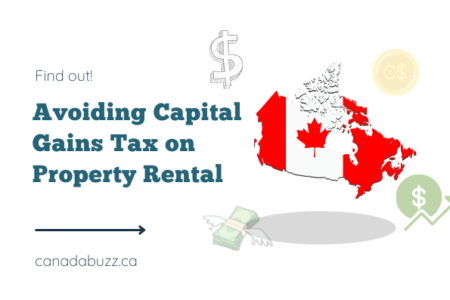The 401k equivalent in Canada is the Registered Retired Savings Plan (RRSP). In the United States, employers offer their employees a retirement plan called the 401(k). It is a retirement benefit plan available for participants who contribute towards it. Any amounts contributed will be matched by the employer.
This article will be reviewing RRSP and its benefits. It will also be comparing the 401(K) plan to the RRSP in Canada.
The RRSP – Canadian Equivalent of 401(k)
The Registered Retired Savings Plan (RRSP) is a tax-deferred retirement plan. What this means is that no tax will be paid on it until the money is withdrawn. Employees will contribute to their RRSP account until the maximum limit, which depends on a maximum percentage of the previous year’s earning.
As of 2020, the contribution limit was 18% of the previous year’s earning (2019). These contributions can be made until the age of 71 and will only be taxed when withdrawn.
There are different types of RRSP, and they have various features and benefits. You can set up an RRSP through financial institutions like banks, insurance companies, or credit unions. Once you decide on the financial institution, a representative will put you through which plan is suitable for you.
Below are some of the types of RRSP;
- A spousal or Common-law Partner RRSP
In this form of RRSP, you and your spouse or common-law partner will contribute to one RRSP. It will enable both of you split the retirement fund evenly. Also, the benefits and the tax can be divided among the two of you.
- Self Directed RRSP
Here, you will make the contributions alone and manage your investment portfolio yourself.
- Group Registered Retirement Savings Plan
Also known as the GRSP, it is a type of RRSP offered by employers in Canada. It is a lot similar to the 401(k) in the United States. It is a workplace benefit and has a more significant advantage over the other two types of RRSP mentioned above because it is free money. You can have both the GRSP and the RRSP as long as you don’t exceed the combined limits.
Benefits of the RRSP
Generally, the RRSP has numerous benefits, and each type has its specific benefits too. Below are some of the perks of RRSP:
- Your RRSP contributions are tax-deductible. That is, you can claim them as deductions from your tax.
- Your savings are tax-free as long as you don’t make any withdrawal
- You can borrow from your RRSP to make a down payment for your first home through the Home Buyers’ Plan (HBP)
- It can be used to pay for education for you or your spouse via the Lifelong Learning Plan (LLP). These withdrawals are also tax-free as long as you pay within the specified time.
- The Spousal or Common-law RRSP reduces the burden of a combined tax.
- The GRSP can help employers attract some of the most talented employees in the country as everyone wants a secured future.
- Employees can quickly reach their retirement goals with the GRSP.
Similarities Between RRSP and 401(K)
Both plans are similar and share the following features;
- They are both retirement plans
- They both have annual contribution limits
- They are both tax-deferred plans that allow individuals to invest and save their retirement funds.
Differences Between RRSP and 401(K)
The RRSP has higher contribution limits compared to the 401(k).
- In the United States, the contribution limit for 2021 is $19,500 regardless of income. People older than the age of 50 also get an additional $6000 limit. The maximum contribution for the 2021 tax year under the RRSP is CA$27,830, excluding contribution limits carried forward from the previous year(s).
- In the United States, employees are taxed 10% for early withdrawals, but there is no such penalty under the RRSP.
- RRSP contribution limits can be moved to the following year, but such is not possible under the 401(k).
- Only employers in America can set up a 401(k), unlike in Canada, where employees can set up individual RRSP accounts.
Conclusion
The RRSP is the Canadian equivalent of the 401(k) plan in the United States. They are both retirement plans and have their similarities and differences even though the RRSP appears to have more advantages than the 401(k). You can contact your financial institution to learn more.







